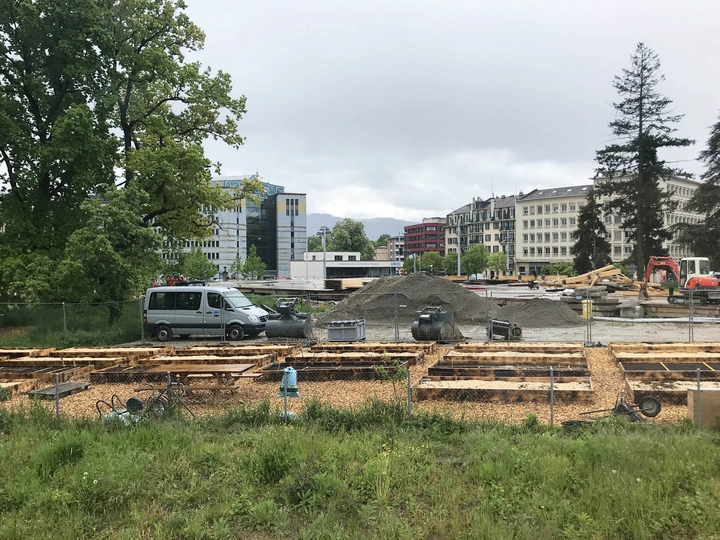Binding Dissonance

Léonore Nemec is an architect and urban planner based in Switzerland. She explores the fields of architecture and urban planning through collaborative projects, experimental research, and teaching. Her interest in spatial practices lies primarily in their political and social dimensions. For her, experimentation is essential to engaging sustainably and sensitively with the evolving spaces—material, normative, and ideological—of our societies. She is particularly interested in applying innovative practices from research to concrete projects that involve materials, bodies, and space.
Through research-design projects, she investigates the mechanisms of territorial transformation, drawing on methods from anthropology, art, and architecture. She pays close attention to the conflicts that shape each territory and, rather than smoothing them over, seeks to acknowledge co-presences and foster contact.
After studying architecture in Madrid (ETSAM) and Lausanne (EPFL), she worked at Herzog & de Meuron in Basel (2015–2019). She then began working independently, co-founding Studio Nemec in 2019 and the Cooperative Architecture Land Initiative in 2020. Since 2019, she has also been a correspondent for Tracés magazine. Since 2020, she has held positions as researcher and teacher at EPFL, and in 2025, she designed and launched the course Navigating Exhausted Landscapes. In 2024, she completed the program Experimentation in Political Arts, founded by Bruno Latour at Sciences Po, Paris.
Léonore remains closely connected to the world of construction, practicing architecture from conception to completion, with a focus on renovation projects.
‘Binding Dissonance’ is a design-research on the potentiel conditions for democratic and inclusive practices in city-making, while conventional zoning struggles to meet ecological and social imperatives. Urban territories are shaped by powerful economic and institutional forces. As cities grow and densify, space becomes increasingly contested–exploited, controlled, and negotiated. In these processes, both human and non-human lives are neglected. Yet interstitial spaces resisting development pressures remain vital grounds for living dynamics and marginalized practices. My work delves into urban tensions between control and freedom, planning and emergence, precarity and persistence—with a particular focus on latent spaces where dissonant realities become visible. ‘Binding Dissonance’ is a site-specific approach, combining fieldwork, journalistic investigation, philosophical insights, participatory methods, and art-based tools. It provides a foundation for navigating urban transformations with care and attention, while exploring the relations between affects and production of space.
How can collective experiences help reveal the complexity of a situation, confront underlying tensions, and foster bonds that open the way for sensitive territorial transformations? How can immediate actions contribute to lasting change while being embedded within long-term institutional processes ? What levers can shift shared awareness into systemic change across the institutional, productive, and social structures—and how might artistic practices act as a catalyst?
These questions will be further explored through immersive experiences that engage bodies, materials, and space—uncovering the site’s dissonances and opportunities. Installations, performances, workshops, publications, and public discussions—blending stories, objects, sounds, investigative cartography, and somatic experiences—will contribute to the development of context-adaptable tools for a regenerative urban planning.